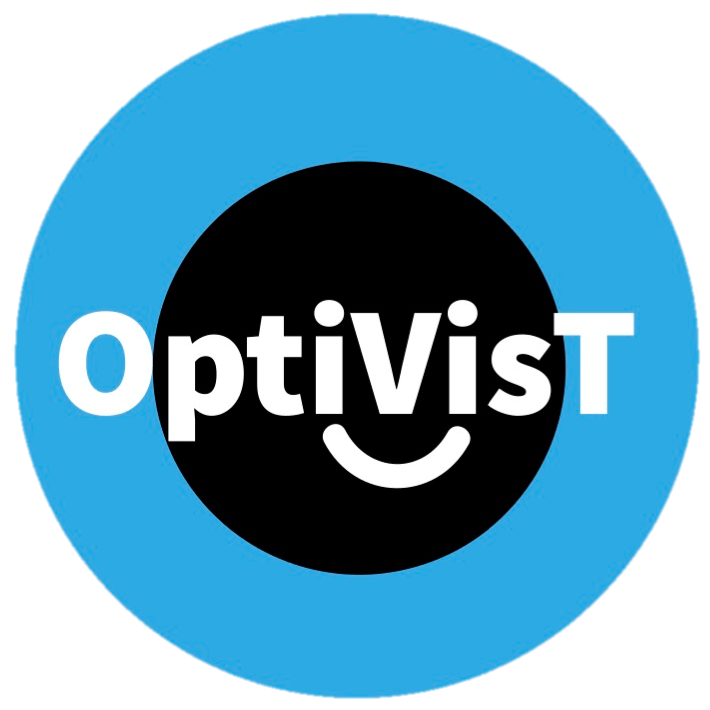PROJECT 12
Classification of sports-related functional vision
Why? Athletes with vision impairment (VI) who compete in the Paralympic Games are placed into one of three ‘sport classes’ to compete against others whose impairment has a similar impact on their sport performance. However, the current classification system is controversial and may not adequately assess the functional vision of athletes. In particular, eye movements (or visual search behaviours) are often impacted by VI, yet the classification system does not currently take these impaired eye movements into account.
How? The aim of this project is to develop a test of eye movements that is capable of being used for classification in the Paralympic games. You will work with OptiVisT consortium partners to develop an eye-tracking test suitable for use for people with VI. You will then iteratively refine the method based on testing with athletes with and without impairment to identify and quantify impairment. Because intentional misrepresentation is a concern in Paralympic sport (where some individuals try to make their vision appear worse than it actually is), you will include innovative psychophysical approaches in your test to identify those who attempt to ‘cheat’ on the test.
Where? For this project you will be based at the Headquarters of the International Paralympic Committee (IPC) in Bonn, Germany. The IPC is staffed by 100+ highly motivated individuals from around the world who are responsible for delivering the Summer and Winter Paralympic Games. You will work closely with staff from the Classification Team in Bonn, and will have the opportunity to collaborate with other OptiVisT partners in Amsterdam and elsewhere. The Vrije Universiteit of Amsterdam will award the degree awarding where associate prof. David Mann, of the Faculty of Behavioural and Movement Sciences, will act as your academic supervisor.
What can you expect to learn and experience? You will learn how to test eye movements in people with vision impairment, how to analyse the results, and how to communicate findings to the applied community and industry.
Who are we looking for? Our ideal candidate should have an interest in vision, perception, eye-tracking, and sports. Experience in programming (e.g., Python or Matlab) is preferred but not necessary.
References
- Mann, D. L., & Ravensbergen, H. J. C. (2018). International Paralympic Committee (IPC) and International Blind Sports Federation (IBSA) joint position stand on the sport-specific classification of athletes with vision impairment. Sports Medicine, 48(9), 2011-2023. https://doi-org.vu-nl.idm.oclc.org/10.1007/s40279-018-0949-6
- Ravensbergen, H. J. C., Mann, D. L., & Kamper, S. J. (2016). Expert consensus statement to guide the evidence-based classification of Paralympic athletes with vision impairment: a Delphi study. British Journal of Sports Medicine, 50, 386-391. doi: bjsports–2015–095434–7
- Ravensbergen, H. J. C., van Bree, B. I., Broekens, D. M., & Mann, D. L. (2018). Detecting cheating when testing vision: Variability in acuity measures reveals misrepresentation. Optometry and Vision Science, 95(6), 536-544. doi: 10.1097/OPX.0000000000001227
- Samadani, U., Li, M., Qian, M., Laska, E., Ritlop, R., Kolecki, R., . . . Adem, A. (2016). Sensitivity and specificity of an eye movement tracking-based biomarker for concussion. Concussion, 1(1), CNC3.
https://doi.org/10.2217/cnc.15.3
Project output
No output yet.

